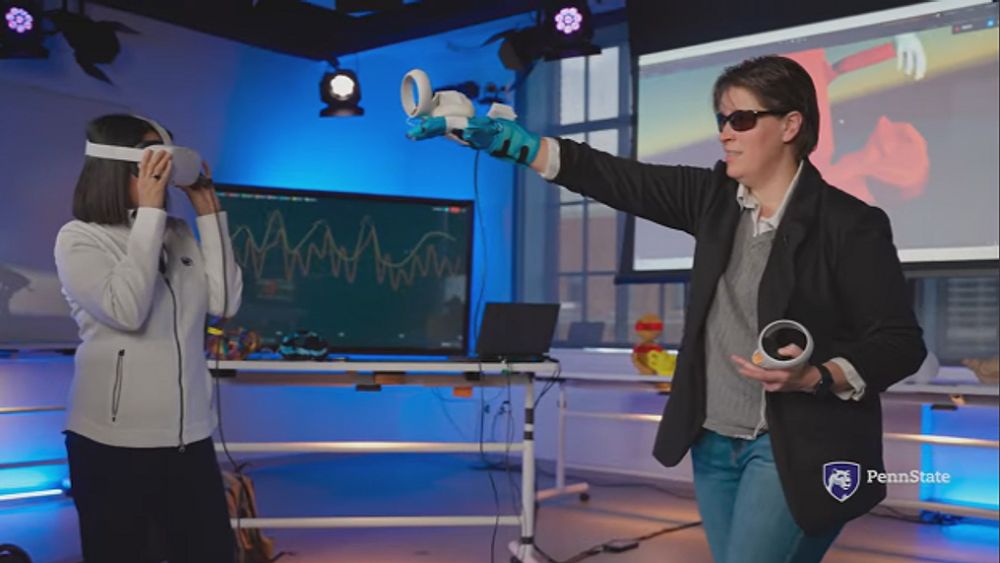Penn State University's 'Together, Tacit' project introduces a haptic glove that allows blind and visually impaired individuals to create sculptures through touch. The project aims to foster inclusivity and understanding by involving these individuals in the artistic process and showcasing their unique perspectives.
Penn State's 'Together, Tacit' Project: Inclusive Art for the Blind and Visually Impaired
Penn State University's innovative project, 'Together, Tacit,' has unveiled a groundbreaking technology aimed at inclusivity in the artistic process. The project focuses on extending opportunities to individuals who are traditionally left out, specifically the blind and visually impaired community.
Over the course of four semesters, a team of artists and engineers at Penn State University has developed a haptic glove that enables blind and visually impaired individuals to create sculptures through touch. As these individuals use the glove to create art, sighted individuals can witness the process through virtual reality goggles, providing a unique and immersive experience. The resulting sculpture is then 3D printed and showcased for all to see.
Empowering the Blind and Visually Impaired through Artistic Expression
Bonnie Collura, a professor of art and sculpture at Penn State University, expressed her belief that lack of sight does not equate to lack of vision. She emphasized the importance of involving blind and visually impaired individuals in the creative process, ensuring that they are integral to the final product. Collura's previous collaboration with students at the Clovernook Center for the Blind and Visually Impaired has already resulted in their work being featured in the Cincinnati Contemporary Arts Center's Haptic Narratives art show.
The artists and engineers at Penn State University are actively seeking more blind and visually impaired participants to provide feedback and help enhance the haptic technology. Their ultimate goal is to foster a better understanding between sighted individuals and the blind and visually impaired community, allowing for a deeper appreciation of how these individuals envision the world.
Expanding Access and Partnerships for Inclusive Art
Furthermore, the team is actively seeking partnerships to expand the reach of this technology. They hope to integrate it into educational institutions, hospitals, community centers, and various other settings. By doing so, they aim to create more opportunities for blind and visually impaired individuals to engage in the artistic process and showcase their unique perspectives.
The project involves several key stakeholders, including the Penn State College of Arts + Architecture, the Penn State College of Engineering, the Learning Factory program, undergraduate students, the Digifab Lab within the College of Arts + Architecture, the Clovernook Center for the Blind + Visually Impaired in Cincinnati, Ohio, and Fred Neurohr, Program Director of the Low Vision Rehabilitation Program at Cincinnati Children's Hospital. Additionally, the Cincinnati Contemporary Arts Center has played a significant role in showcasing the work resulting from this collaboration.
A Step Towards Inclusivity: Bridging the Gap through Haptic Technology
The 'Together, Tacit' project at Penn State University represents a significant step towards inclusivity and accessibility in the world of art. By utilizing haptic technology, they are bridging the gap between sighted and blind and visually impaired individuals, creating a platform for shared creativity and understanding. With continued development and partnerships, this technology has the potential to transform artistic expression for the blind and visually impaired community, empowering them to fully participate in the artistic process.

